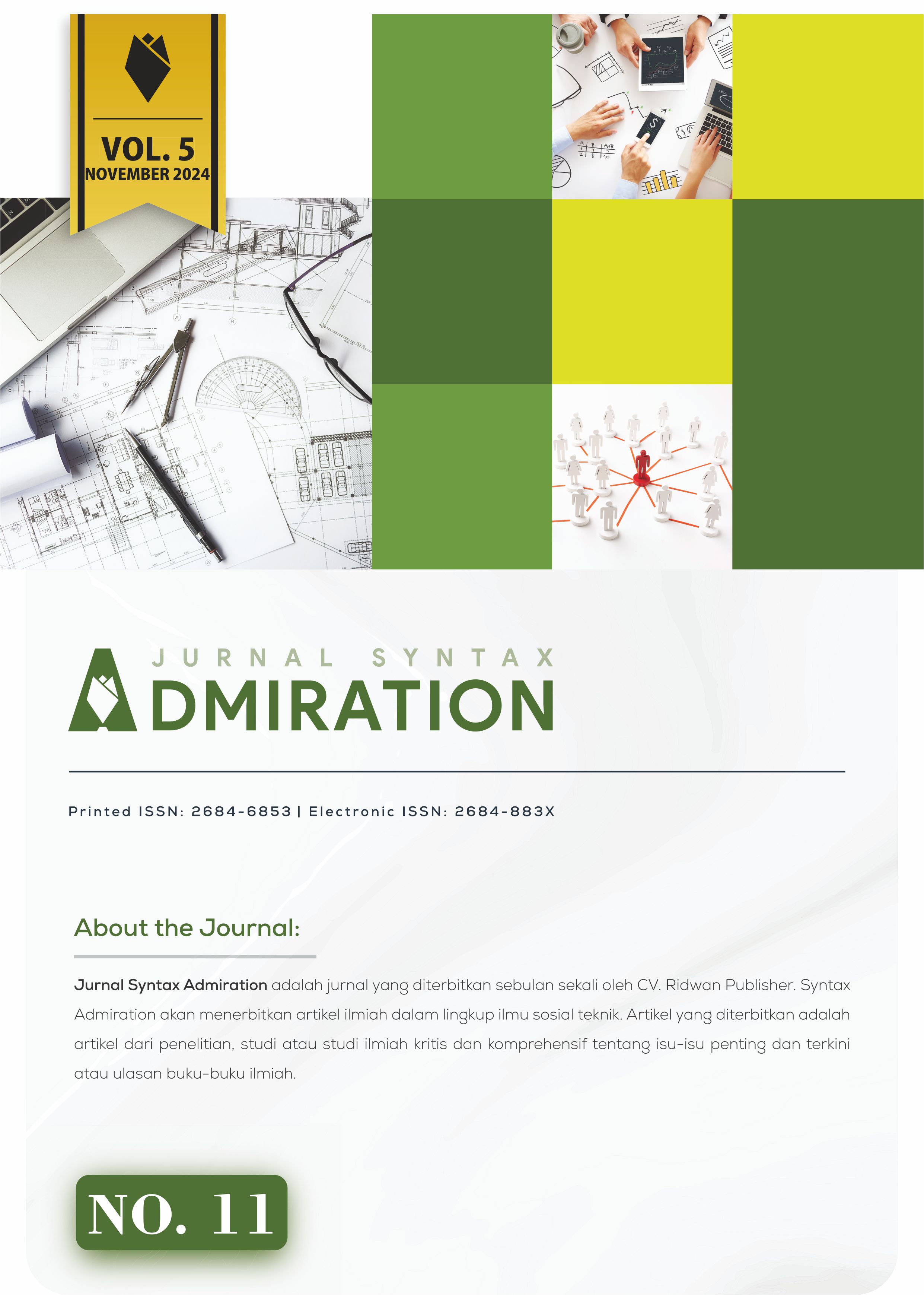Efforts to Minimize Crime on Social Media
Main Article Content
This research is about many crimes that occur on social media. Fraud, for example, begging children or families, fake SMS, fake job offers, selling counterfeit goods or non-existent pre-orders, fake online auctions, misleading loan offers, Cyberbullying, sending cruel or hurtful messages, posting photos or videos that embarrass certain people, spreading bad rumors and threatening someone, Hoax News, for example, fake taxpayer notification emails, fake job summons, hoax news of natural disasters, pornography, for example, prohibited websites, illegal applications. The reach of cybercrime knows no physical boundaries. Criminals, victims, and technical infrastructure are spread across the globe. With the use of technology to exploit security vulnerabilities at both personal and corporate levels, cybercrime takes many forms and continues to grow. Social media users should be more aware of potential threats and ways to protect themselves, such as recognizing fraud, not sharing too much personal information, and keeping passwords strong Strengthen regulations and laws: Governments should strengthen rules and law enforcement regarding global crime virtual on social media.


